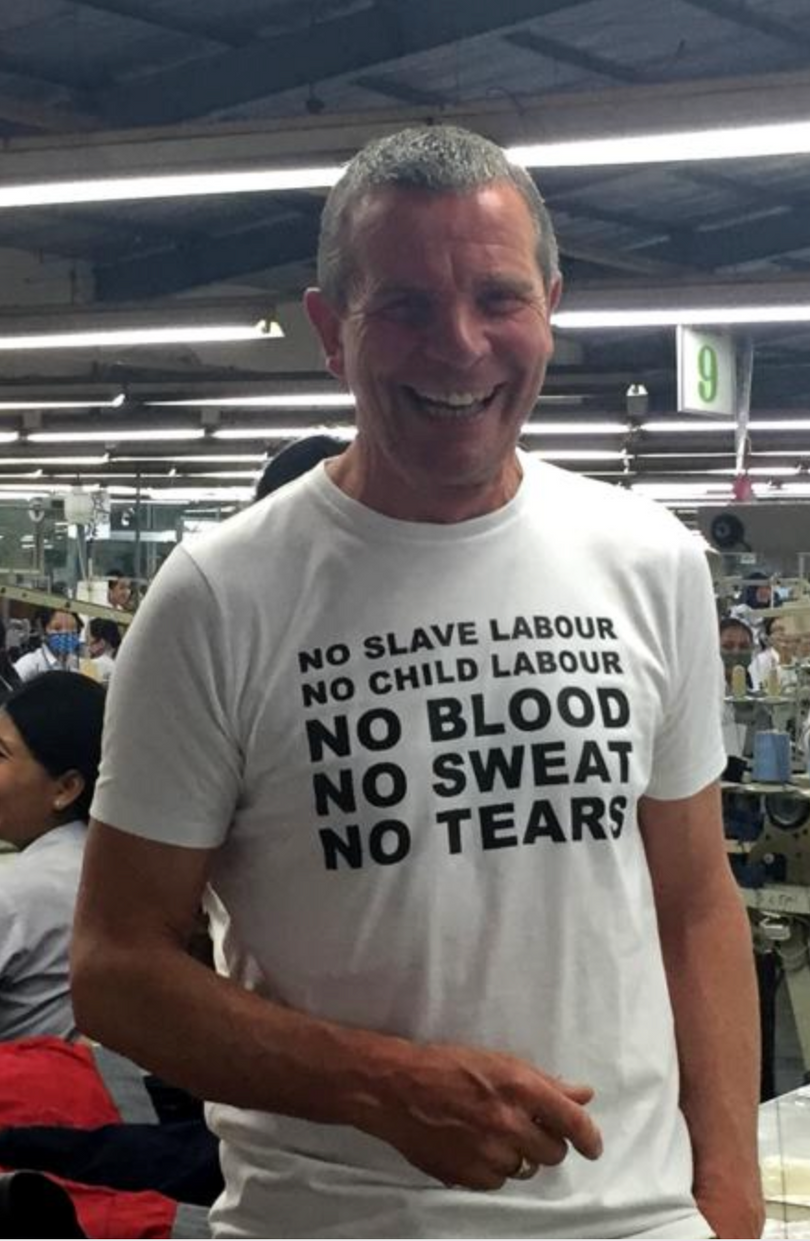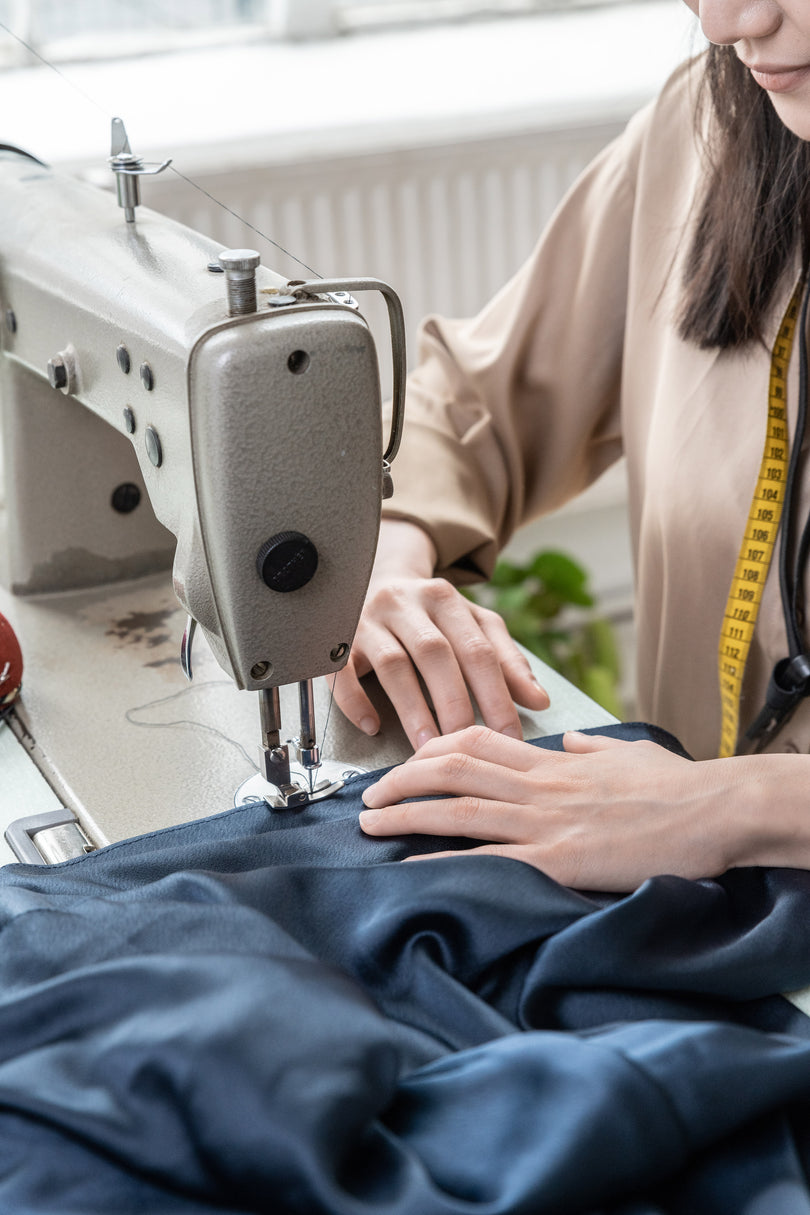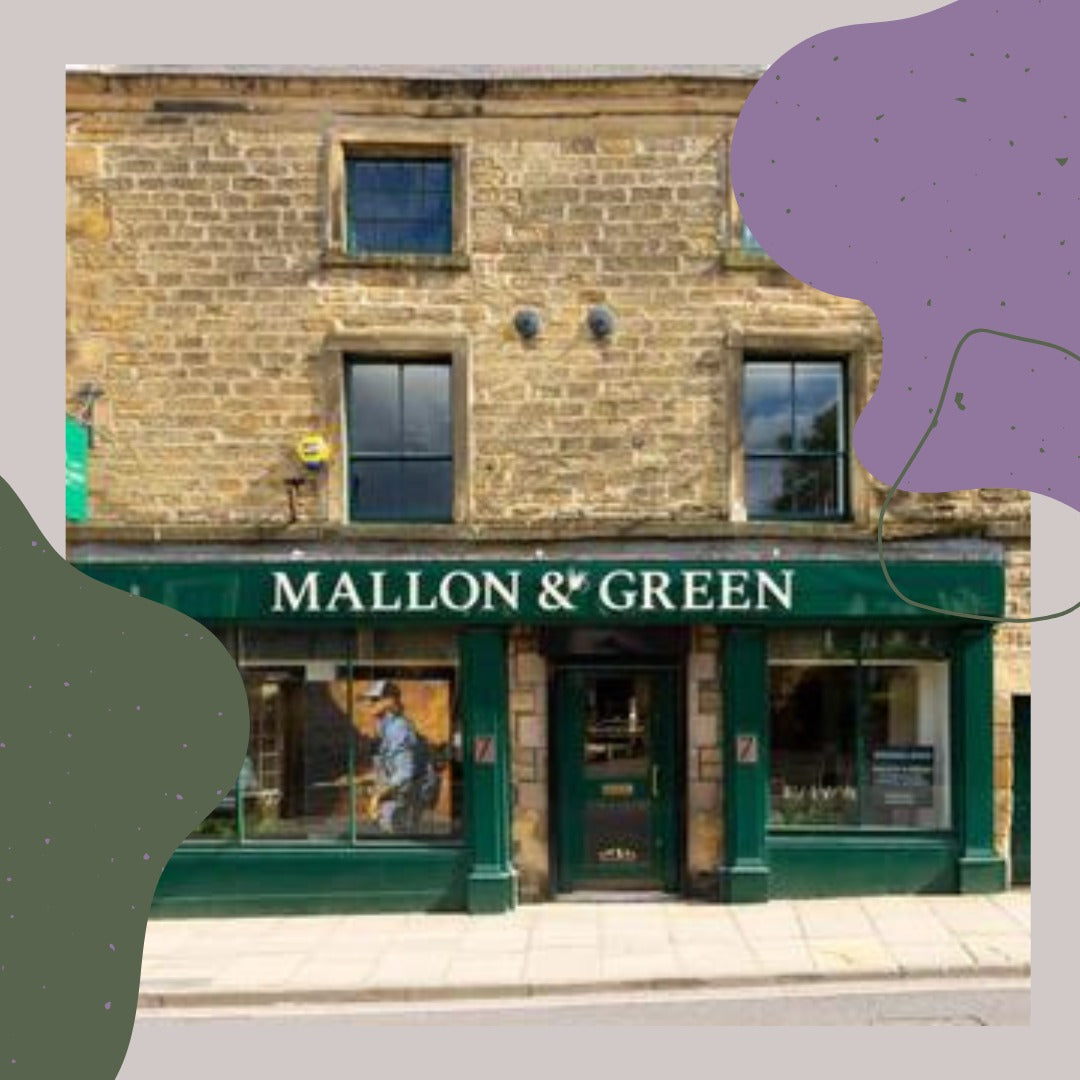Sustainable Fabric Glossary
When it comes to building a sustainable wardrobe we are faced with a lot of choices and brands using greenwashing can muddy the waters. So how can we know the clothes we choose are really green? Frustratingly there isn’t one ‘super sustainable’ fabric to solve all our problems but one way to ensure a more mindful purchase is to know the most sustainable fabrics we can invest in. We have created a list of fabrics that look good, feel good, and do good.
What Makes Fabric & Materials Sustainable?
For a fabric to be truly sustainable it needs to have a reduced environmental impact throughout its production. These fabrics can enable reduction of waste, water conservation, lowered carbon emissions, and soil regeneration. It is worth noting that no one fabric can be entirely sustainable and may have pitfalls in one or more of these areas.
Materials & Fabrics Glossary
Organic and recycled cotton
To be considered ‘organic’ cotton must be grown without any toxic pesticides, synthetic fertilisers, or genetically modified seeds (GMOs). Look for certifications like GOTS or OCS, these indicate a sustainably managed fabric production. Certifications add trust in an items legitimacy as some cottons labelled as organic may not be so
The most sustainable cotton is recycled, meaning it was made with post-industrial and post-consumer cotton waste. According to the Textile Exchange’s Preferred Fibre and Materials Market Report 2021, recycled cotton is a more sustainable alternative to both conventional and organic cotton. Hemp
Hemp fibres come from a specific species of cannabis plant, because of this it normally requires a special licence to be grown. Hemp requires very little water, no pesticides, and naturally fertilises the soil it grows, compared to other plant fibres that take nutrients from it and exhaust the soil.
Hemp is woven to become a durable, breathable and non irritating fabric. Used in the place of cotton it is, however, more expensive making it less accessible. It stays cool in the summer and warm in the winter making it a versatile fabric to have in your wardrobe all year round.
Linen
Linen comes from the fibres of flax, it can grow in landscapes difficult for other plants to grow in and without fertilisers. Every part of the flax plant can be used, the seeds, oil and crop all have a use so there is no waste. It is strong, naturally moth resistant, absorbing moisture without holding bacteria and as long as harsh chemicals are not used linen is also biodegradable. What more could you want?
Like Hemp it can be expensive as it is often made overseas, but we think linen is a fabric worth investing in!
Tencel
Tencel™ is a branded version of an engineered fabric called lyocell, a type of rayon derived from cellulose fibres that come from tree pulp. Produced in a closed loop system where solvents are recycled producing less waste, it also requires less energy and less water to be made. As a finished product it has moisture-wicking and anti-bacterial properties, making it perfect for activewear.
Tencel™’s founding company Lenzing uses eucalyptus wood, sustainable practices, and responsible sourcing not guaranteed in other lyocell production processes.
Recycled wool
Wool is an animal fibre that is well known for its durability and warmth. To get the raw material is a resource intensive process, there are also ethical concerns associated with the animal’s wellbeing and care.
With so much of the fibre already in circulation, it is becoming a desired and practical recyclable option. It blends easily with other fibres such as fleece and can therefore have a range of different applications in and out of the fashion industry. Recycled wool is quickly becoming more in demand than virgin wool, pushing manufacturers to make the switch.
Final Thoughts
Our choices have power to instigate change as consumer demand changes producers are challenged to change their long held processes. Something as simple as choosing consciously organic and recycled over chemical heavy fibres is within our control as an individual. We can combat green washing by learning what goes into making our garments and we hope this ‘Fabric Glossary’ has helped you on your sustainability journey.







